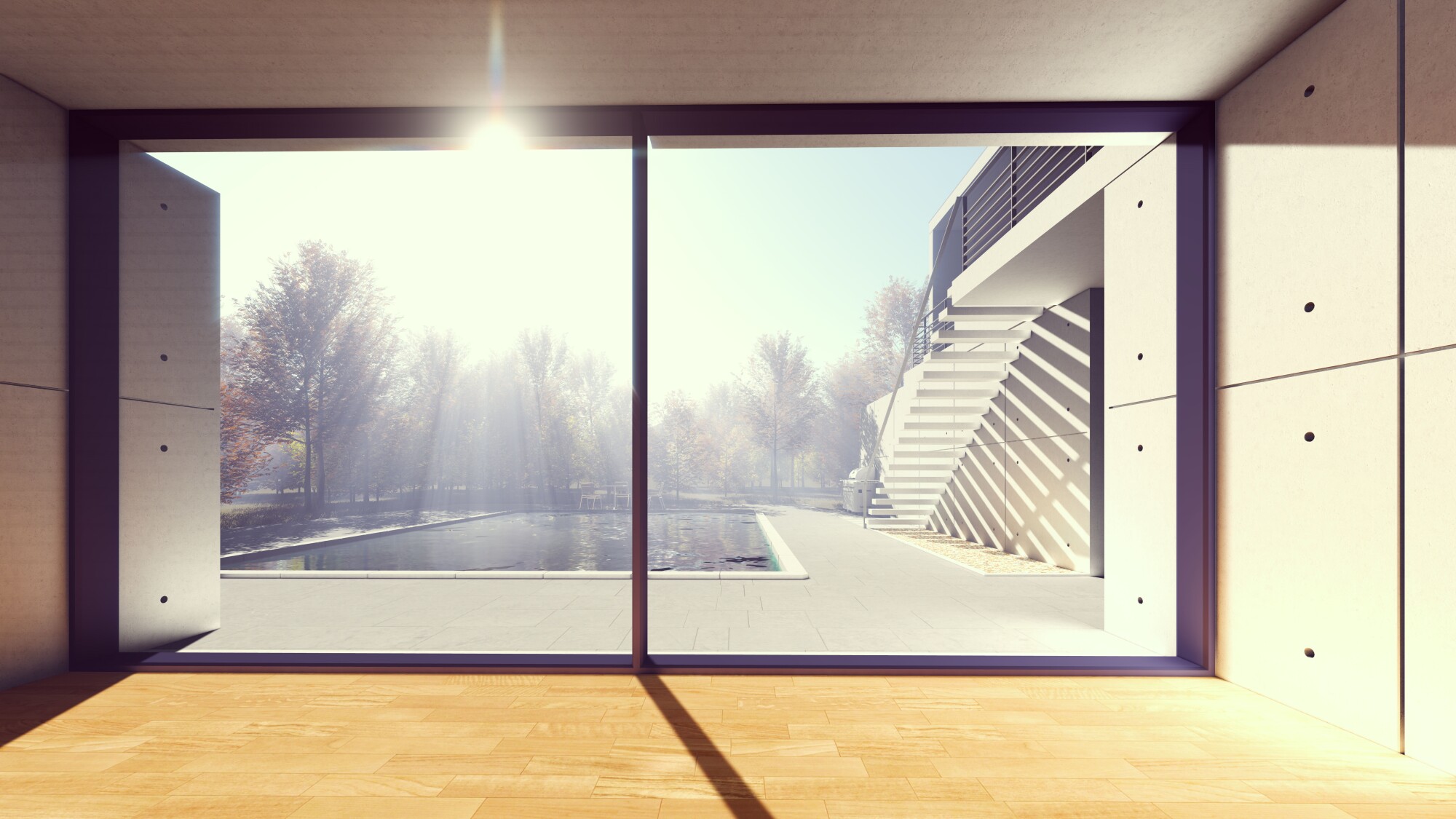A rental property makes no money if there aren’t any renters in it. Knowing the rental vacancy rate for the property and neighborhood helps an investor determine whether enough money will come in via rents to justify the expense of buying the property.
If you’re now wondering, “What is vacancy rate?”, know that it’s a simple but critical metric in predicting the potential worth of a rental investment. Let’s take a look at what makes it so important and how to calculate it while doing your due diligence.
What Is Vacancy Rate?
Vacancy rate is the percentage of units in a complex or neighborhood that are vacant or unoccupied at any given time. It also tells you how often in a year a single-family property stood vacant instead of having renters. In other words, it’s a comparison of the amount of time the property could be rented against the time it was rented.
Rates can be calculated for individual properties, an entire portfolio, or a region. The rate is used to calculate other financial metrics, such as cap rate and ROI.
What It Tells You
On its own, the vacancy rate can be a good indicator of whether a property is worth buying. Vacancy directly impacts rental income since you don’t make money on an empty property. As a result, the rate should be part of your cash flow projections and figure into your potential ROI.
Vacancy rates can vary based on a variety of factors, including turn time between renters and downtime for major repairs or updates. It can reflect the undesirability of an area or that the rental rates are too far above the going market rate.
To be used effectively, the rate should be compared between similar properties and time periods.
How to Calculate Vacancy Rate
The vacancy rate formula is fairly simple math, using the number of vacant units or days and the total number of units or days. You calculate by multiplying the vacancies by 100, then divide that by the total number.
As an example, if you have an apartment building with 200 units and 20 are vacant, the vacancy rate is 10 percent. For a single-family rental, there are 365 rentable days in a year, so if the house is vacant for two weeks or 14 days, the vacancy rate would be 14 divided by 365 or 3.8 percent.
Understanding Vacancy Rate
For any serious real estate investor, it’s important to understand what is vacancy rate and how it helps you predict whether a property will make or lose money. The rate shines a light on how popular a property or neighborhood is, and in turn what kind of cash flow you can expect.
If you’re planning to invest in the Pittsburgh area, it’s important to know the rate for the particular building, neighborhood, or block you’re considering. Contact us to talk about your potential purchase, and have us run a vacancy rate calculator to give you further information on the property.











